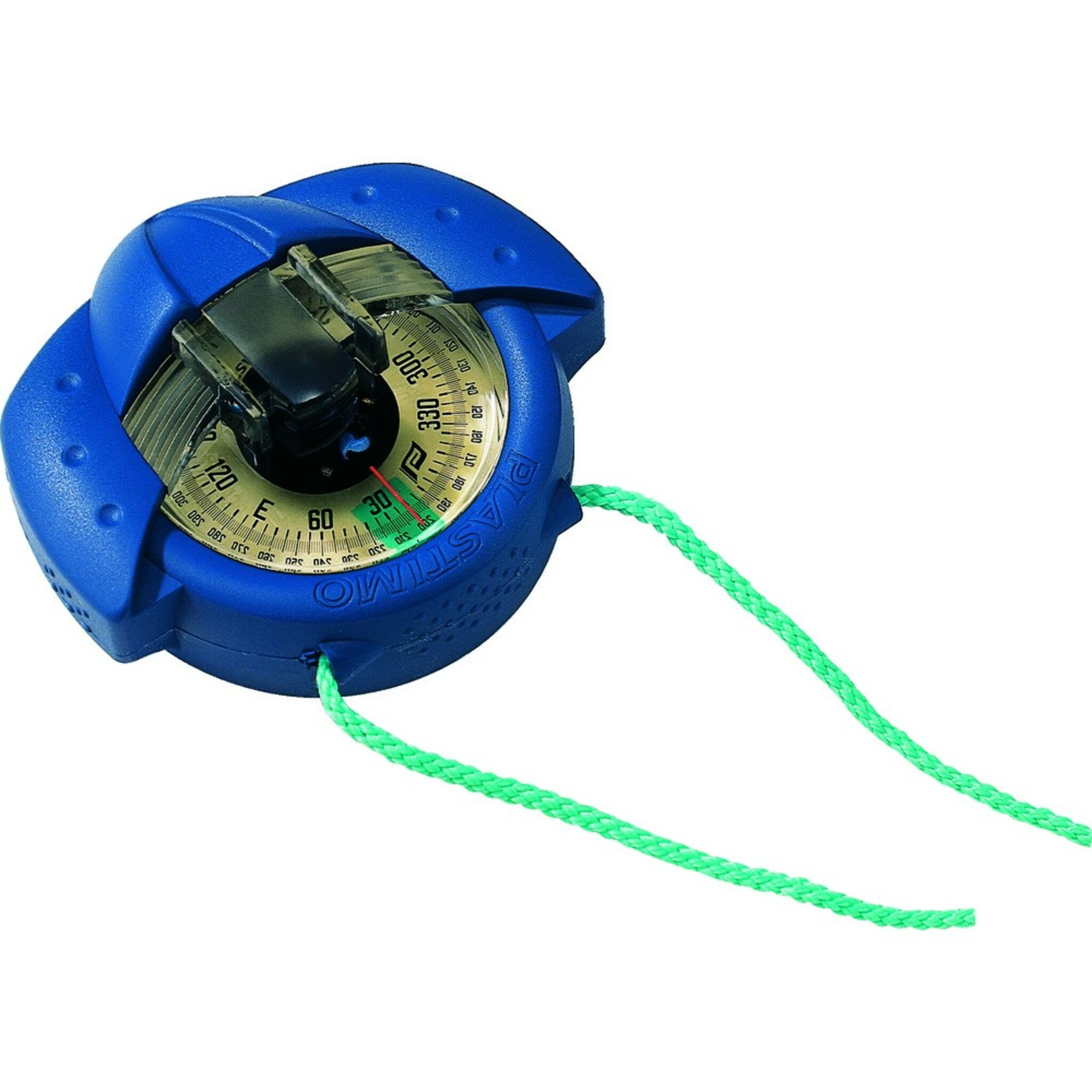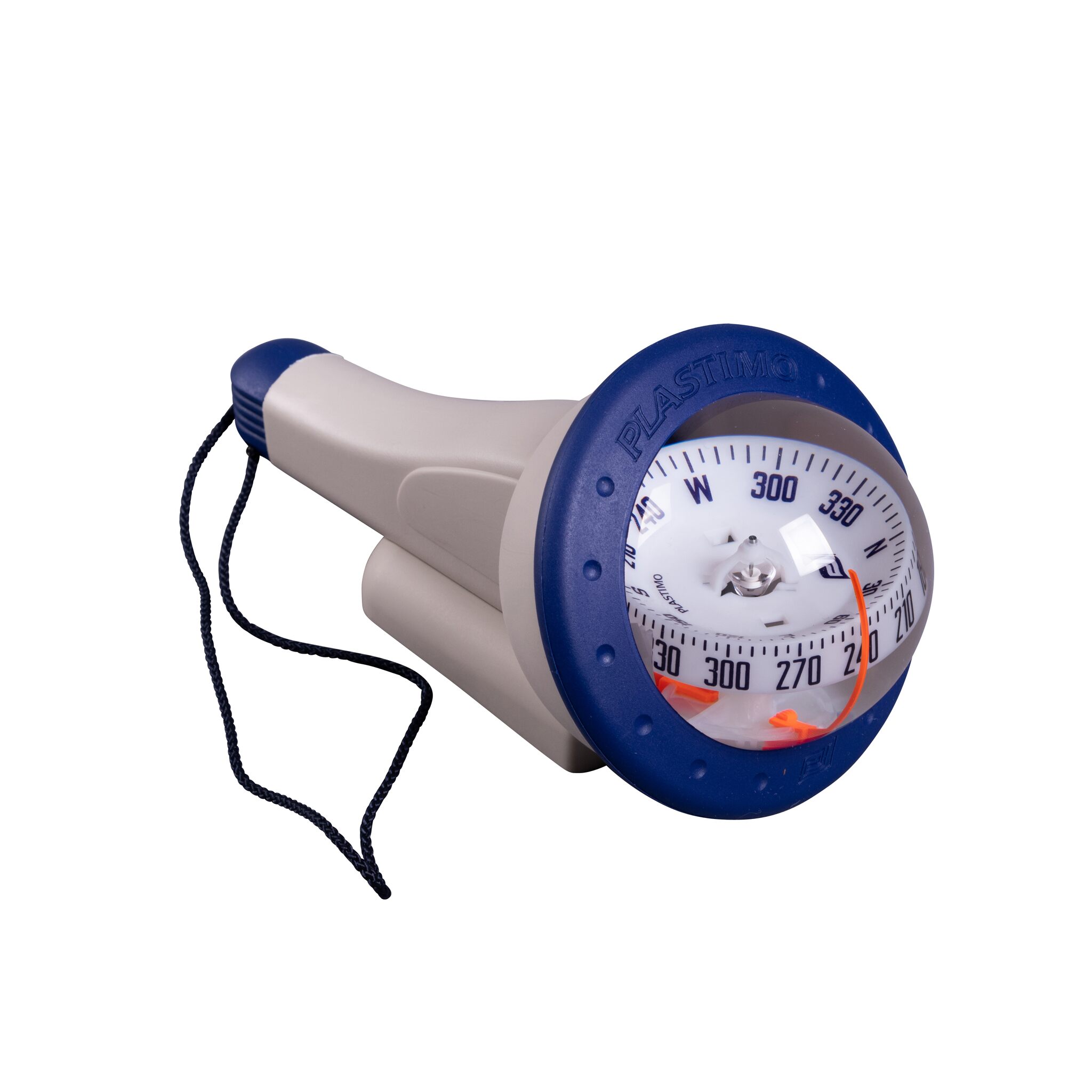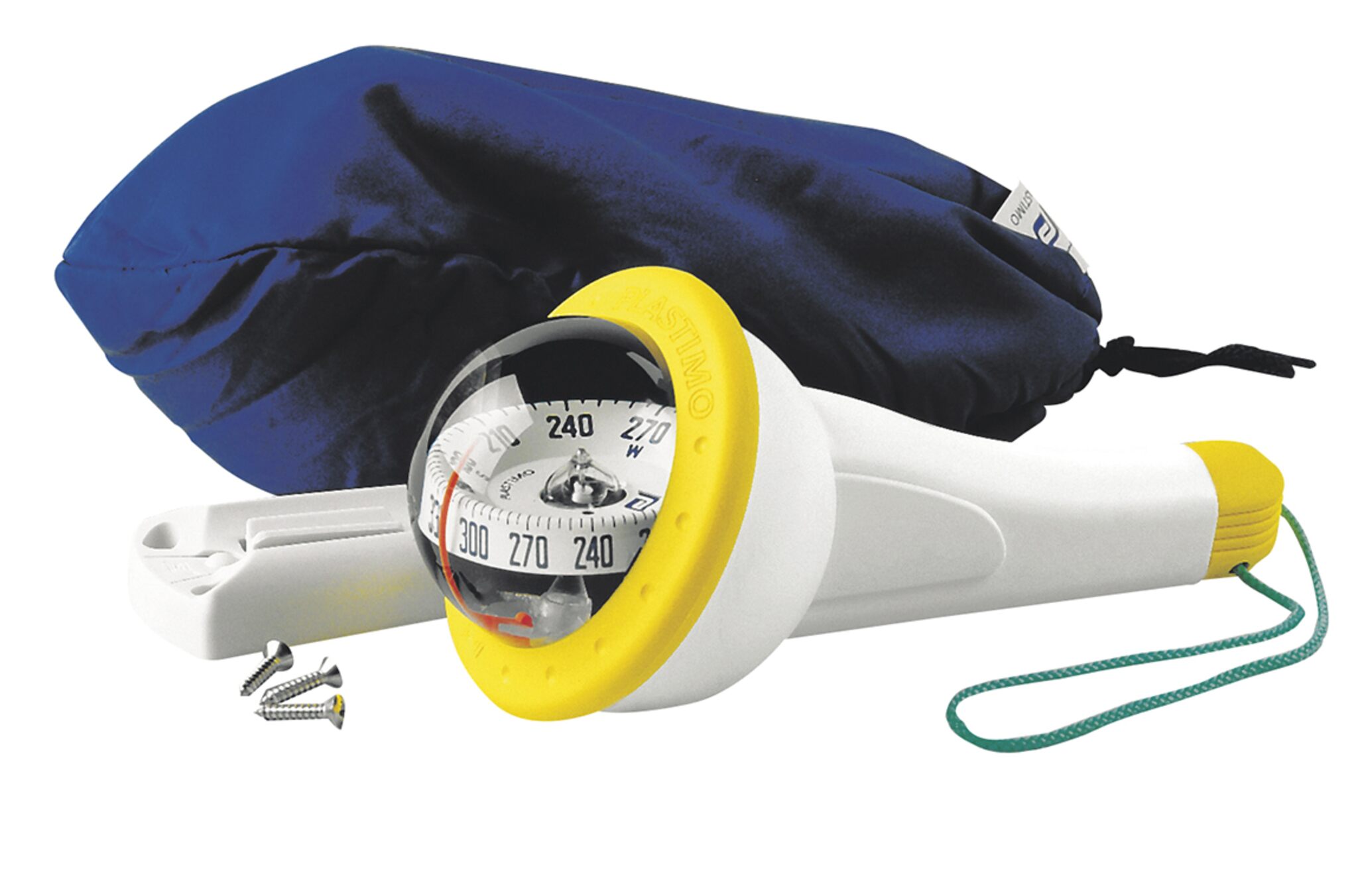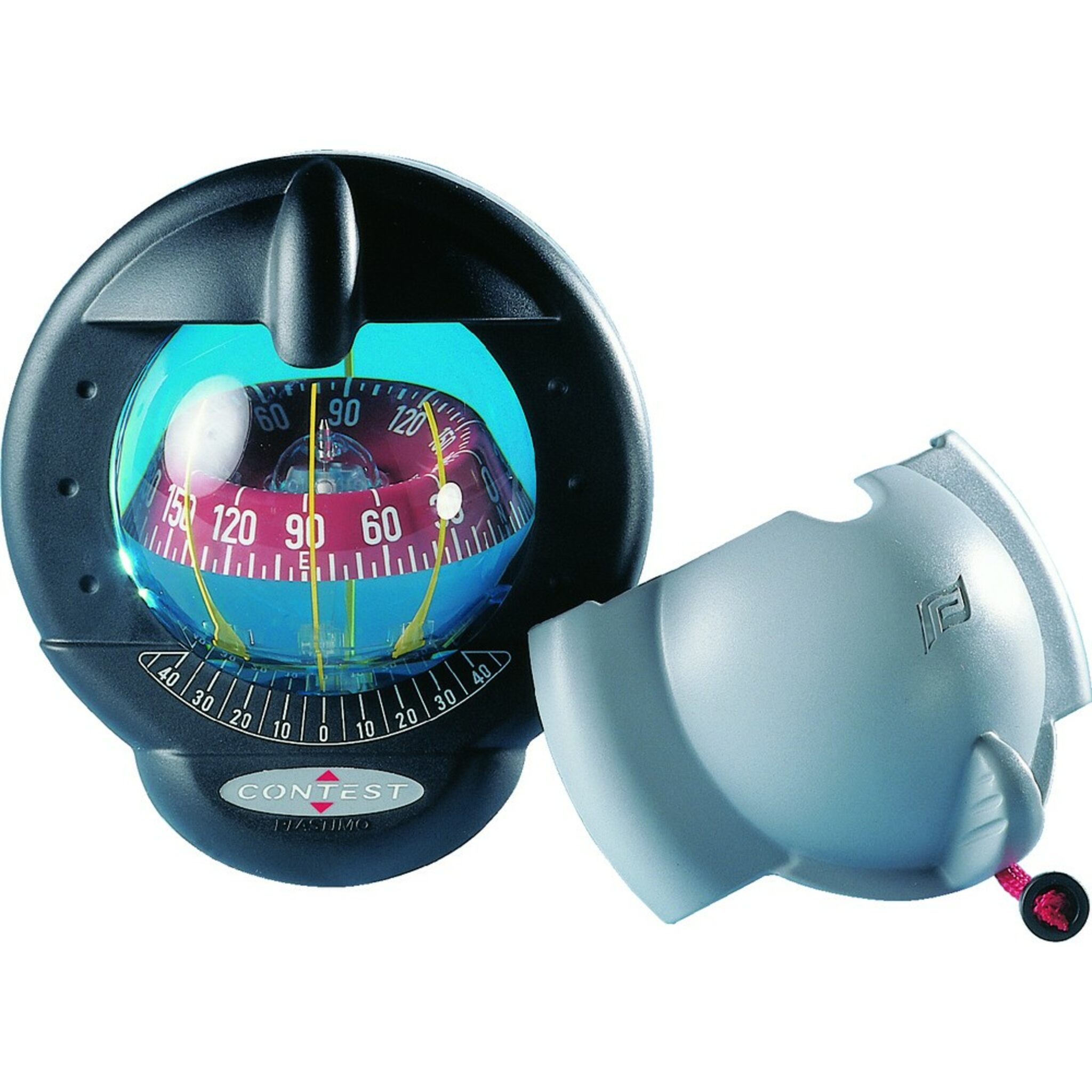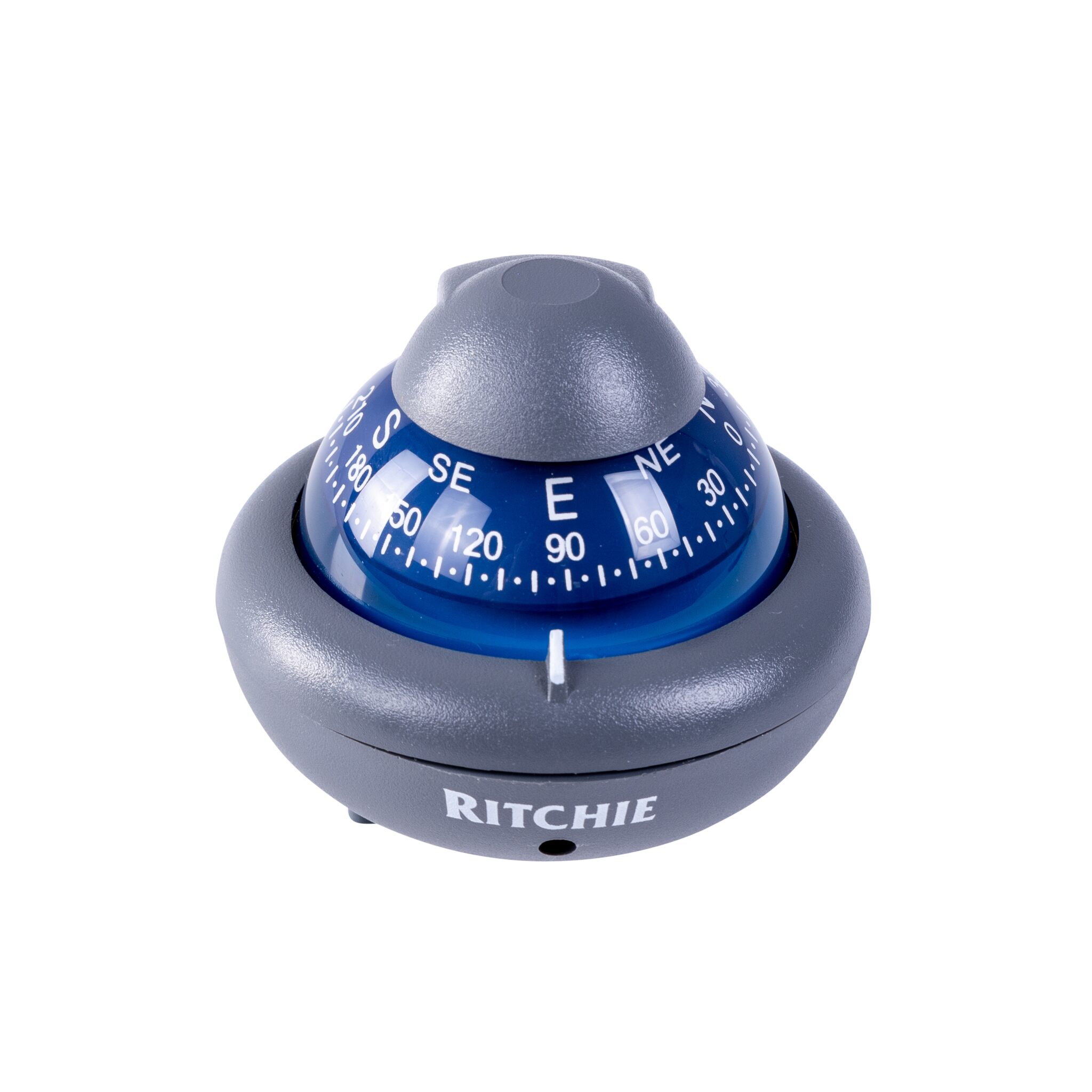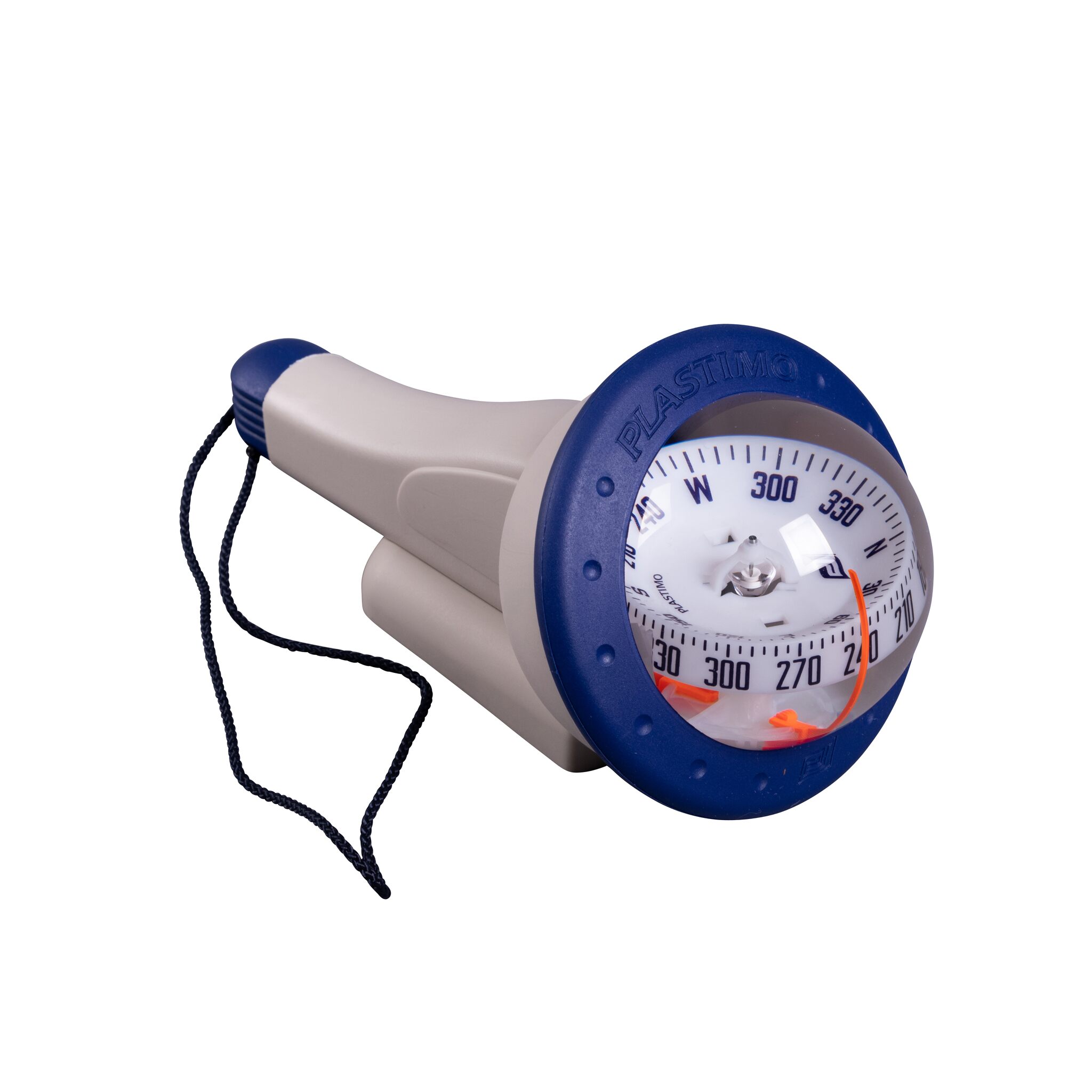The ship compass
In the history of navigation, the compass has been mentioned for many centuries. Although at that time sailors oriented themselves mainly by the position of the sun, the tides and on the basis of the stars, the compass was also a frequently used tool. Even today, in the age of GPS and other navigation systems, a ship's compass is an indispensable tool for course guidance.
Mode of operation
In the classic compass, the north-south direction is determined by the earth's magnetic field. However, there are now also electronic versions based on Hall sensors or fluxgate magnetometers. The typical gyro compass, on the other hand, is based on the the effect of the earth's rotation. For ships in particular, special ship compasses are needed that meet the requirements on board. Navigation systems with compasses can complement manual course determination and the stars, but they cannot replace them. In addition to the independence of energy and electronics, the course angle determination is also easier and more accurate.
What types of marine compasses are there?
Depending on the type of boat, the variants for the ship's compass can also differ. For example, motor sports boats need a compass that is relatively insensitive to shocks and fast speeds. Sailboats, on the other hand, require a marine compass that still shows the exact course even in inclined positions.
With the Silva company, there is a Swedish manufacturer on the market that has been producing reliable marine compasses for motorboats and sailboats for many years.
Also very well known among ship owners is the Hamburg company C.Plath. The company manufactures in particular magnetic compasses for high demands and is known for its precise models. Whether as a built-in compass or as a bracket compass for manual attachment, the devices must be perfectly readable, have a long service life and be able to withstand vibrations. On sailing yachts, the compass is usually installed in the steering wheel or directly on the steering column as a ball compass. On smaller boats or yachts, the compass is often installed on the bulkhead so that it can be read from both sides. With the modern electronic fluxgate compass with digital Display, both the course and the display can be done digitally.
This is what you should consider when handling
Some important aspects must already be considered during installation. The bow compass should be mounted on a stable and flat surface and also the compass steering line should be parallel to the longitudinal axis of the ship. The ship's compass itself must be easy to read and may have illumination. To ensure that the compass is also temperature fluctuations, varying weather conditions, and ship movements, it must be mounted at a sufficient distance from magnetic interference sources, loudspeakers and radios. Deviations between the compass heading and the magnetic north heading can occur due to the ship's own magnetic field. This deviation value may differ from sailing area to sailing area and must be recalculated regularly. The respective values can be read off a deviation table. Practically, this table should be attached next to the ship's compass.

